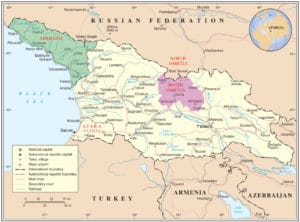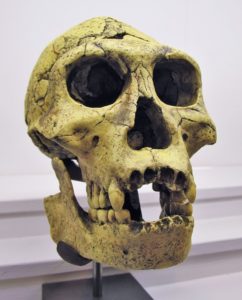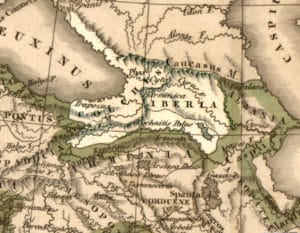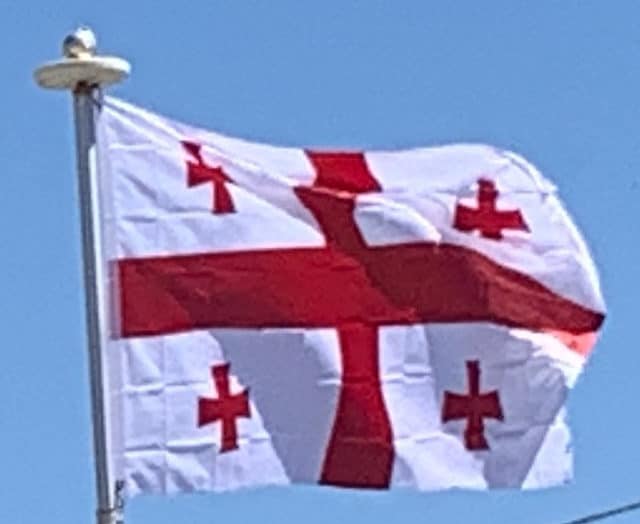
Georgia is a developing country and ranks 70th on the Human Development Index. The country is a member of the United Nations, the Council of Europe, and the GUAM Organization for Democracy and Economic Development. It contains two de facto independent regions, Abkhazia and South Ossetia, which gained very limited international recognition after the 2008 Russo-Georgian War. Most of the world’s countries consider the regions to be Georgian territory under Russian occupation.
History:
Prehistory:
The territory of modern-day Georgia was inhabited by Homo erectus since the Paleolithic Era.

The proto-Georgian tribes first appear in written history in the 12th century BC. The earliest evidence of wine to date has been found in Georgia, where 8000-year old wine jars were uncovered. Archaeological finds and references in ancient sources also reveal elements of early political and state formations characterized by advanced metallurgy and goldsmith techniques that date back to the 7th century BC and beyond. In fact, early metallurgy started in Georgia during the 6th millennium BC, associated with the Shulaveri-Shomu culture.
Antiquity:
The classical period saw the rise of a number of early Georgian states, the principal of which was Colchis in the west and Iberia in the east. In Greek mythology, Colchis was the location of the Golden Fleece sought by Jason and the Argonauts in Apollonius Rhodius’ epic tale Argonautica. The incorporation of the Golden Fleece into the myth may have derived from the local practice of using fleeces to sift gold dust from rivers. In the 4th century BC, a kingdom of Iberia – an early example of advanced state organization under one king and an aristocratic hierarchy – was established.

After the Roman Republic completed its brief conquest of what is now Georgia in 66 BC, the area became a primary objective of what would eventually turn out to be over 700 years of protracted Irano–Roman geo-political rivalry and warfare. From the first centuries A.D, the cult of Mithras, pagan beliefs, and Zoroastrianism were commonly practiced in Georgia. In 337 AD King Mirian III declared Christianity as the state religion, giving a great stimulus to the development of literature, arts, and ultimately playing a key role in the formation of the unified Georgian nation. The acceptance led to the slow but sure decline of Zoroastrianism, which until the 5th century AD, appeared to have become something like a second established religion in Iberia (eastern Georgia), and was widely practiced there.
Middle Ages to Early Modern Period:
Located on the crossroads of protracted Roman–Persian wars, the early Georgian kingdoms disintegrated into various feudal regions by the early Middle Ages. This made it easy for the remaining Georgian realms to fall prey to the early Muslim conquests in the 7th century.
Bagratid Iberia:
The extinction of the different Iberian royal dynasties, such as Guaramids and the Chosroids, and also the Abbasid preoccupation with their own civil wars and conflict with the Byzantine Empire, led to the Bagrationi family’s growth in prominence.
